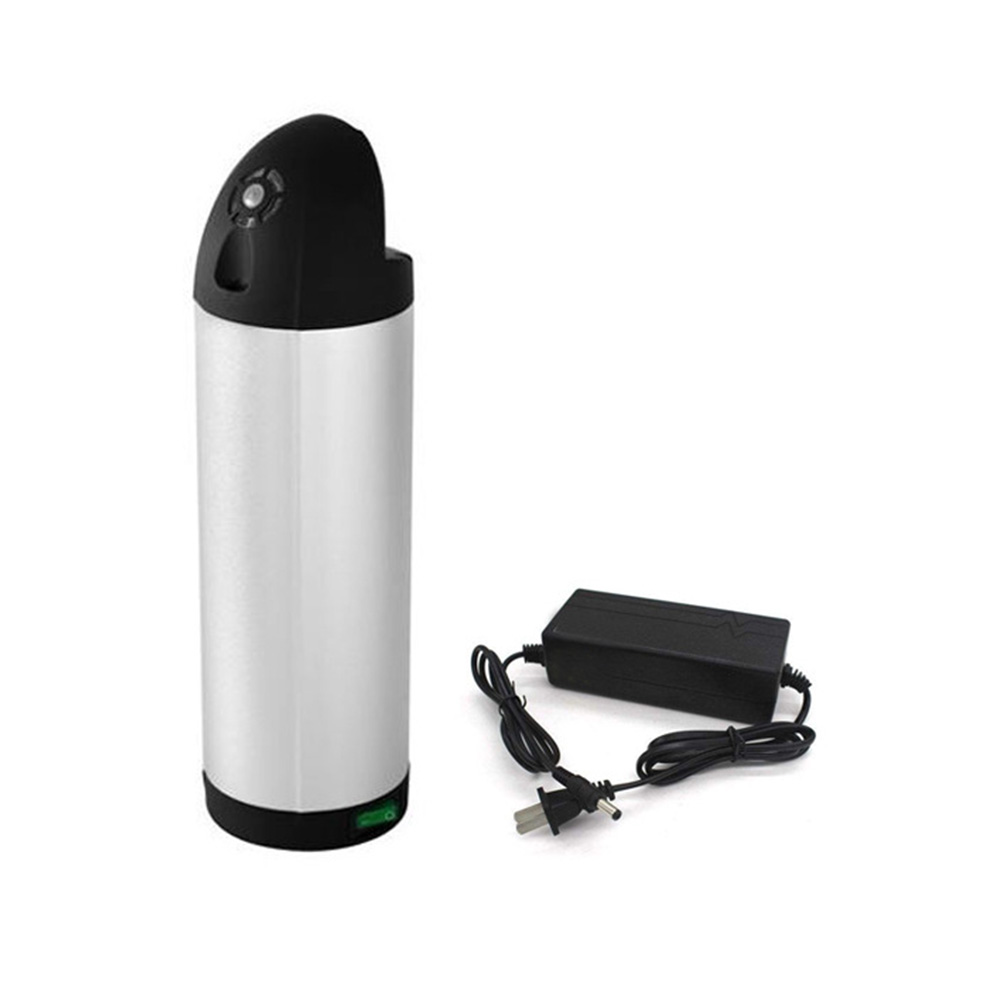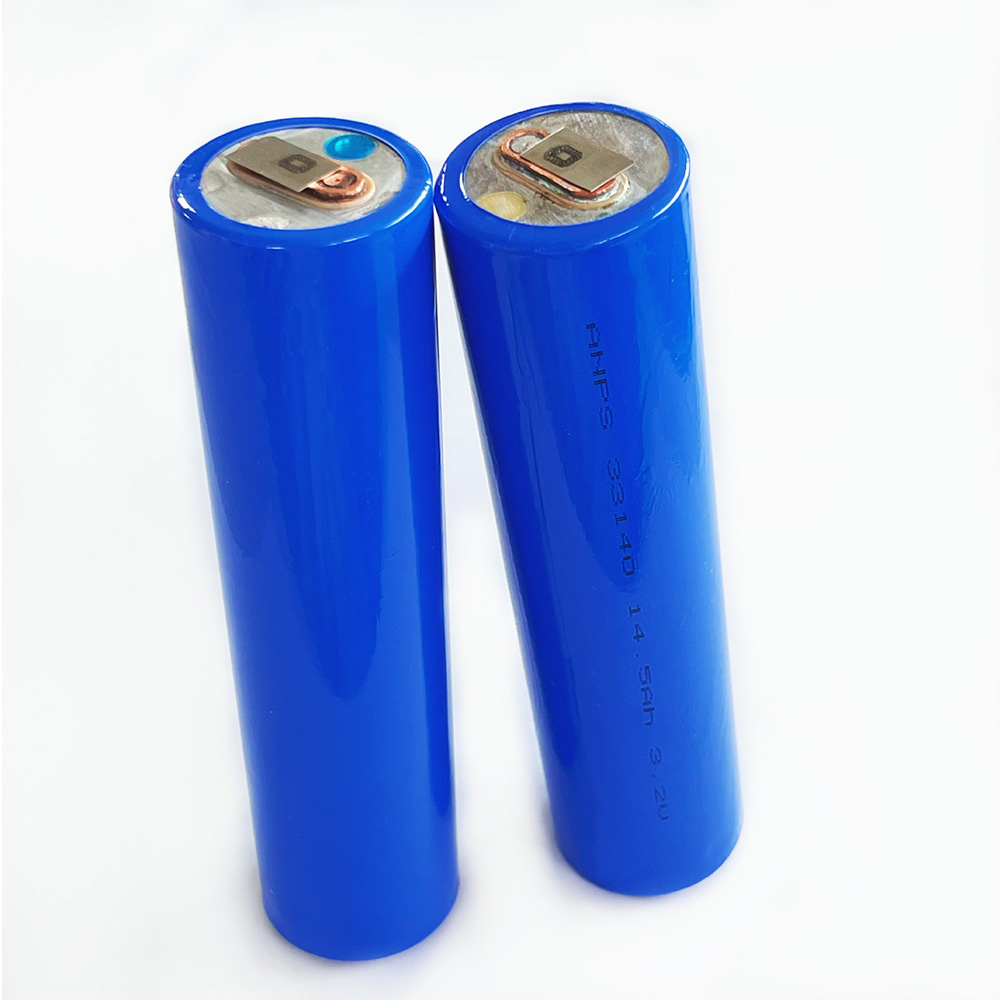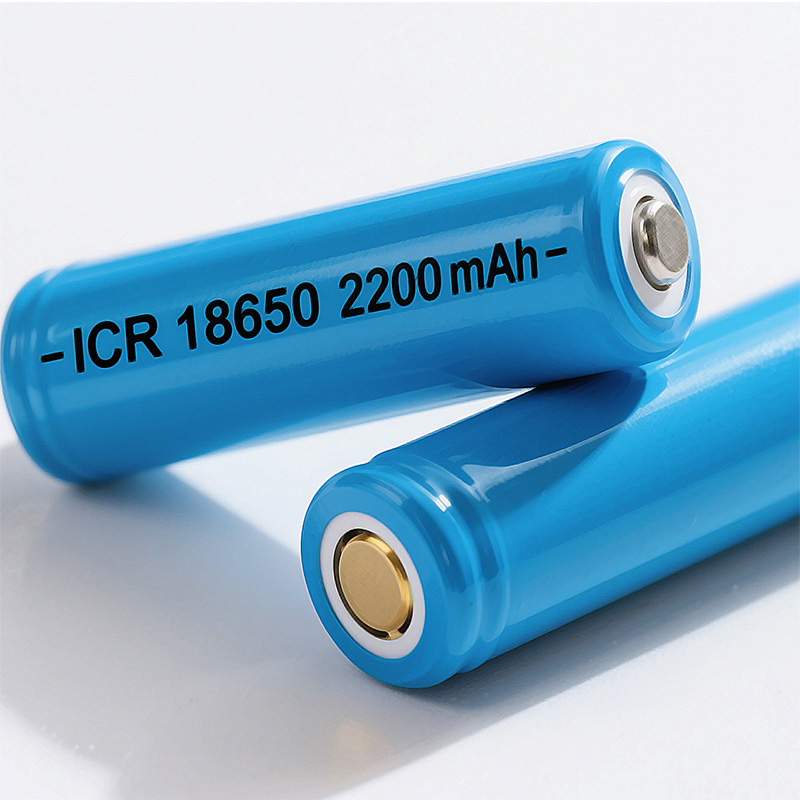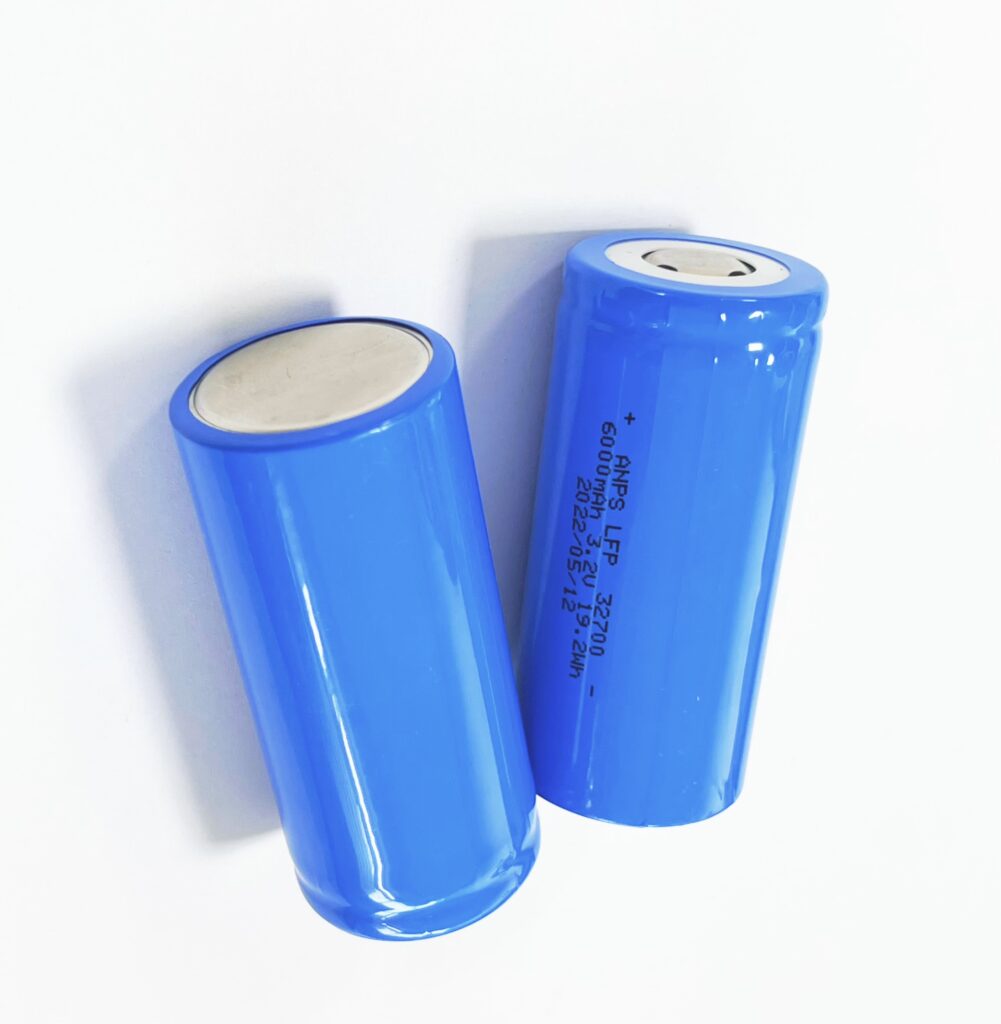Blog
Explore the Power of Lithium Innovation
Stay updated with the latest trends, technologies, and application insights in the world of lithium battery solutions
Search the whole station
Explore the Power of Lithium Innovation
Stay updated with the latest trends, technologies, and application insights in the world of lithium battery solutions
AA batteries are among the most common batteries in use today. They power everything from household appliances and toys to flashlights and digital devices. However, not all AA batteries are the same—they vary in type, performance, and suitability for different applications. In this article, we’ll explore the main types of AA batteries, their characteristics, and their ideal uses.
Alkaline Batteries
Alkaline AA batteries are the most widely used disposable batteries. They offer a long life and reliable performance, making them perfect for low-power devices such as remote controls and alarm clocks. Due to their affordability and broad availability, alkaline batteries dominate the AA market.
Lithium Batteries
Lithium AA batteries are high-performance batteries with higher energy density and longer lifespan. They are ideal for high-power devices like cameras, game controllers, and outdoor equipment. Lithium batteries perform well in extreme temperatures, though they are more expensive than alkaline batteries.
Nickel-Metal Hydride (NiMH) Batteries
NiMH batteries are rechargeable AA batteries with moderate to high energy density and long service life. They are well-suited for devices that require frequent use or high power, such as digital cameras or wireless microphones. Although the upfront cost is higher, NiMH batteries save money in the long term because they can be recharged hundreds of times.
Service Life
Battery lifespan depends on the type and usage conditions. Alkaline batteries are long-lasting but disposable. Lithium batteries last longer and tolerate extreme temperatures, while NiMH batteries are rechargeable but gradually lose capacity with repeated cycles.
Energy Density
Energy density determines how much power a battery can store. Lithium batteries generally have the highest energy density, making them compact yet powerful. Alkaline batteries have lower energy density, suitable for low-power devices, while NiMH batteries offer moderate energy density and the advantage of rechargeability.
Operating Temperature
Different AA batteries perform best in different temperature ranges. Alkaline and NiMH batteries typically work between 0°C and 50°C. Lithium batteries operate over a broader range, from -20°C to 60°C, making them ideal for outdoor use and extreme conditions.
Household Appliances
AA batteries are commonly used in remotes, set-top boxes, alarm clocks, and electronic scales. Alkaline batteries are usually the first choice in homes due to their long life and cost-effectiveness.
Toys
Many toys—like RC cars, dolls, and airplanes—require AA batteries. Alkaline batteries are generally sufficient for these low-power devices.
Outdoor Activities
For outdoor gear such as flashlights, cameras, and GPS devices, lithium AA batteries are ideal. They endure extreme temperatures and offer a longer lifespan for extended trips.
Digital Products
Devices such as cameras, MP3 players, and game controllers benefit from NiMH rechargeable AA batteries. Their higher energy density and rechargeability make them suitable for frequent use and long-term performance.
AA batteries come in different types and are designed for various devices and situations. Alkaline batteries are affordable and long-lasting for everyday household use. Lithium batteries deliver high performance in high-power devices and extreme environments. NiMH batteries are rechargeable and perfect for devices that demand repeated use and long battery life.
Understanding the differences between these AA battery types helps consumers select the right battery for their devices, ensuring optimal performance, reliability, and longevity.

High-performance 36V 10Ah water bottle lithium battery for electric bikes. Lightweight 3.5kg, fast charging in 1.5–2 hours, safe & durable with up to 500 cycles. Ideal for commuting and long rides.

Apsenx 33140 LiFePO4 battery cell (14500mAh, 3.2V). High capacity, long cycle life, safe chemistry. Ideal for ESS, EV, UPS, and solar storage.

Wholesale ICR 18650 2200mAh 3.7V lithium batteries with optional customized packs. Supports external wiring and various wire leads to meet your project-specific needs.

Reliable 32700 LiFePO4 battery with 6000mAh capacity, 2000+ cycles, and advanced safety features. Perfect for EVs, solar storage, and backup power solutions.
advantages of 21700 lithium-ion battery packs, from higher energy density and increased capacity to applications in electric vehicles, power tools, and renewable energy.
View detailsExplore the features, advantages, and applications of 1.5V lithium batteries. Learn about their fast charging, long lifespan, environmental benefits, and how they compare to traditional NiMH and disposable batteries.
View detailsExplore the factors affecting lithium-ion battery performance in cold environments, including electrolytes, cathode and anode materials, and low-temperature optimization strategies. Learn how research addresses capacity, safety, and cycling challe...
View detailsExplore the working principle, structure, and benefits of lithium iron phosphate (LiFePO4) batteries. Learn why LiFePO4 batteries are safe, eco-friendly, long-lasting, and ideal for energy storage and high-power applications.
View details
HelloPlease log in